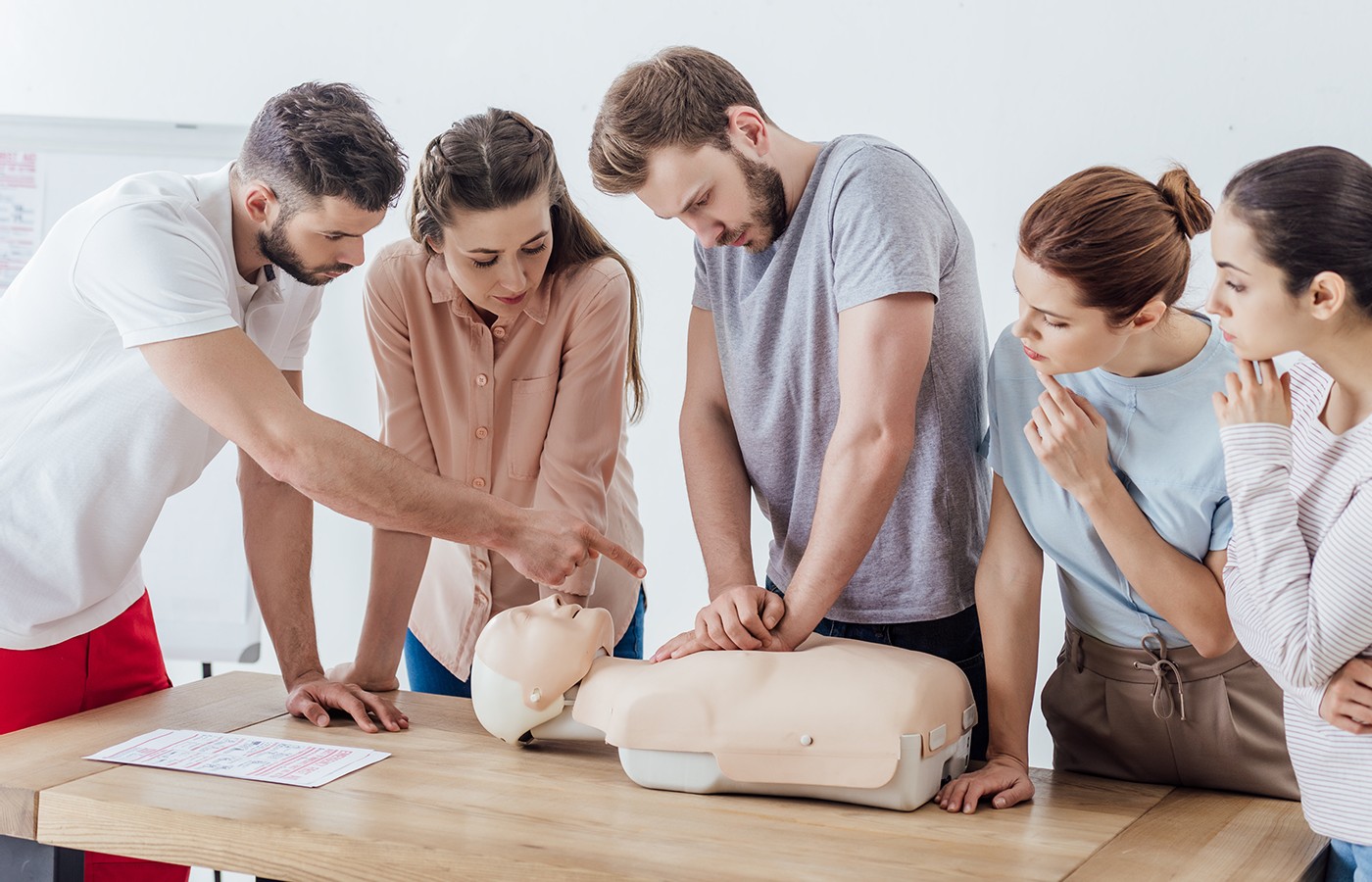Some doctors thrive in a personality-based clinic and have a loyal following no matter what services or equipment they offer, but for most chiropractic offices who are trying to grow and expand, new equipment purchases help us stay relevant and continue to service our client base in the best, most up-to-date manner possible. So, regarding equipment purchasing: should you lease, get a bank loan, or pay cash?
Person Down
- When a person, patient, staff member, visitor, or doctor collapses, faints, goes into cardiac arrest, etc., a team member calls “Person down!” to enact emergency procedures.
- Emergency procedures include those taught during CPR, First Aid, and First Responder training.
- Beyond potentially saving a life, there are practice benefits to having such a plan. Being prepared shows you care about the health and well-being of your patients, staff, and visitors.
In the early 1990s, when managed care was evolving, insurance carriers had multiple rules practices had to comply with to participate in their networks. One rule required that doctors and one or more staff members be certified in cardiopulmonary resuscitation (CPR).
This was not an unreasonable request. It was an excellent tenet for patient safety and everyone’s safety in general. Doctors should always be certified in CPR, and having qualified staff to assist the doctor or to stand in if the doctor was unavailable made and still makes sense.
I would be remiss if I didn’t mention the self-serving aspect of the rule associated with the insurance carriers’ liability. They were concerned that if they limited their insureds’ access to only specific providers, they might be liable if an insured needed CPR and no one in a practice was trained and available.
The rules surrounding managed care have changed drastically since those times. I have not heard of this provision in a provider contract for years. But despite this, I believe we should all continue or renew CPR training policies.
I work in a hospital setting where CPR and other emergency training are ongoing requirements. Team training is also required in addition to individual training.
One of the team trainings involves “person down” situations. Person down was formerly referred to as man down. When a person, patient, staff member, visitor, or doctor collapses, faints, goes into cardiac arrest, etc., a team member calls “Person down!” to enact emergency procedures.
Emergency procedures include those taught during CPR, First Aid, and First Responder training. The two primary responses are contacting emergency services and the response team.
What’s Your “Person Down” Plan?
This brings me to the point of this writing. Does your practice continuously have someone other than the doctor(s) certified in emergency procedures? Does your practice have a “person down” plan? If the answer to this question is “No,” I strongly suggest making an effort to obtain CPR and First Aid training for your staff and develop a “person down” plan.
Beyond potentially saving a life (which means it’s the right thing to do), there are practice benefits to having such a plan:
- Being prepared shows you care about the health and well-being of your patients, staff, and visitors.
- Being prepared elevates the clinical aspects of your practice.
- Depending upon state licensing laws, the training could qualify as license renewal education.
- Obtaining emergency training can get everyone out of the office and into the community to demonstrate the practice’s commitment to health care. This can be developed further by hosting a training event for staff and the community. This would be a great outreach program.
The American Red Cross and the American Heart Association provide CPR training in most communities. Training is also available through many fire and rescue departments, hospitals, and other community associations.
The rules for chest compressions and rescue breathing have been updated over the decades. Other skills have been added during this time. The use of defibrillators and stroke recognition are among these. Make sure the training selected covers each of these topics.
Be safe out there.



